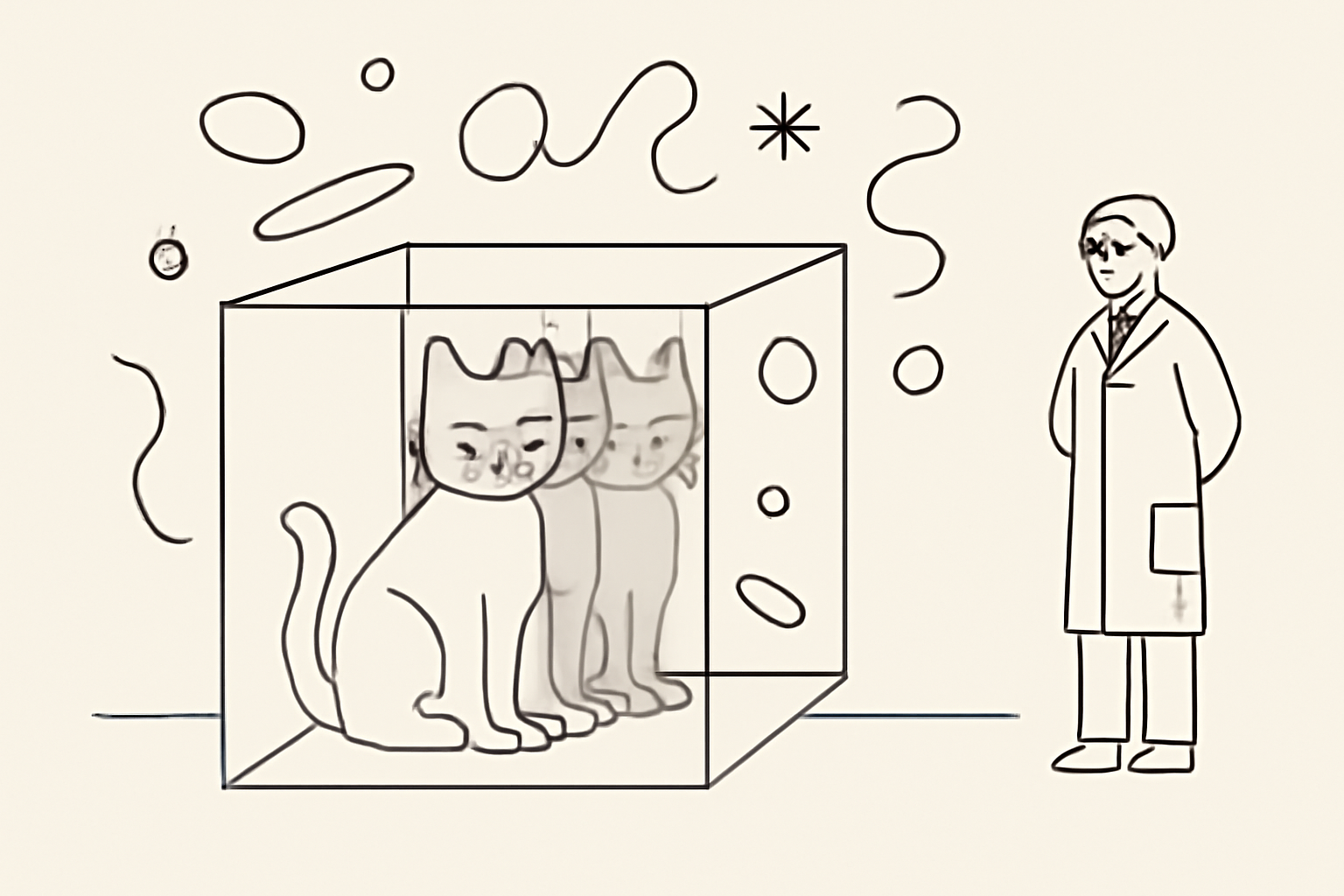
In quantum mechanics, the concept of existing in multiple states simultaneously is epitomized by the phenomenon known as "quantum superposition." Unlike classical systems, where an object exists in a single state at any given time, quantum systems can encompass multiple states. This property is most famously illustrated by Schrödinger's cat thought experiment, which demonstrates how a quantum system can be in a superposition of "alive" and "dead" states until an observation collapses it into one definitive state.
Quantum superposition is fundamental to understanding wave functions, which describe the quantum states of a system. The wave function encapsulates all possible states a system could reside in, represented mathematically as a linear combination of those states. This aspect is inherent in fundamental particles like electrons, where phenomena such as the double-slit experiment reveal that particles can traverse multiple paths and interfere with themselves, leading to an interference pattern typically associated with waves.
The principle underpinning quantum superposition is governed by the linearity of the Schrödinger equation. The equation’s linear nature allows for the addition of wave functions, which correspond to possible states, to result in new valid states. This is a departure from classical intuition and requires acceptance of probabilities and potentialities until measurement occurs.
During a measurement, a quantum system seemingly "chooses" one state, collapsing the superposition into a single outcome. This process is contentious, involving interpretations like the Copenhagen interpretation, which assumes wave function collapse, and the Many-Worlds interpretation, which denies collapse, proposing that all possible outcomes occur in separate "worlds." However, regardless of interpretation, the existence of superposition is indispensable to quantum theory.
Applications of superposition are foundational to emerging technologies such as quantum computing, where bits (qubits) can exist in combined states of 0 and 1 simultaneously, vastly expanding computational capability beyond classical binaries, and leveraging the potential of superposition to solve complex problems more efficiently than classical computers.